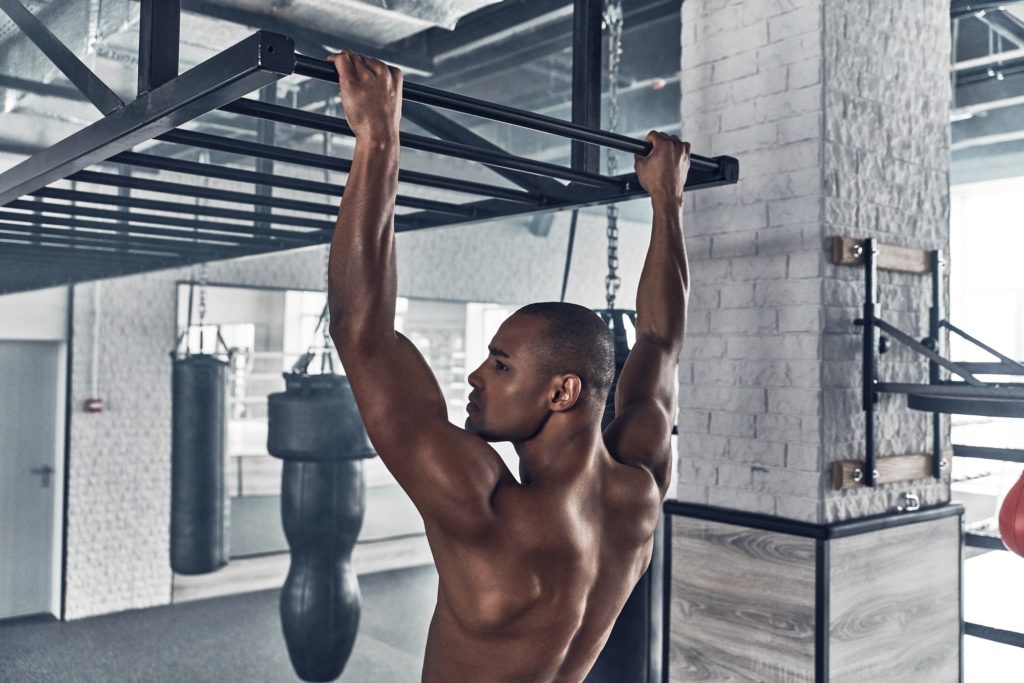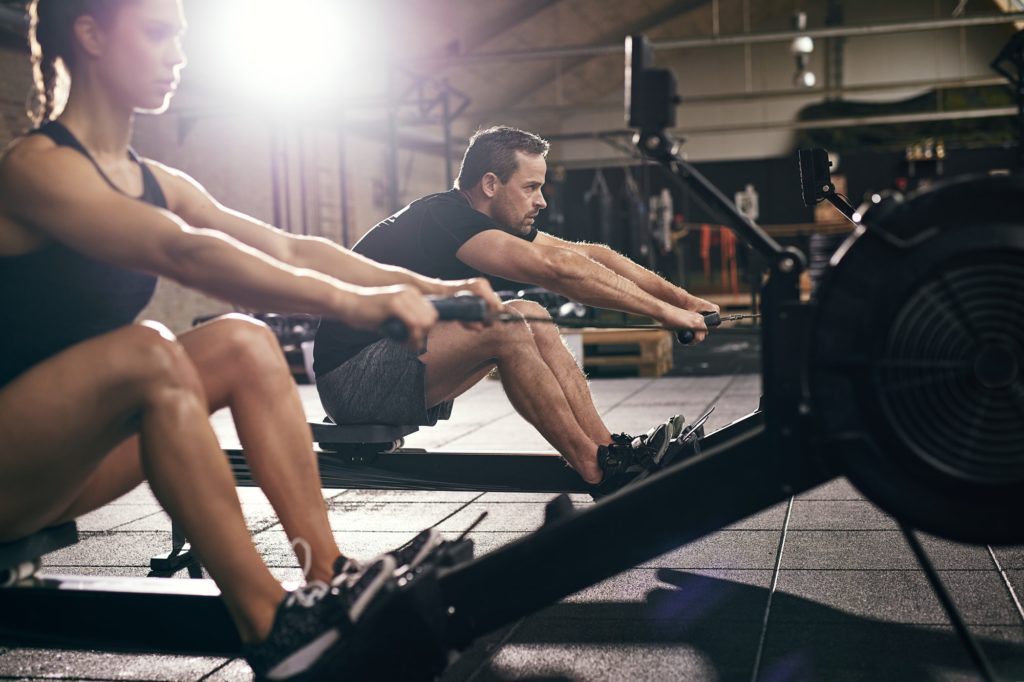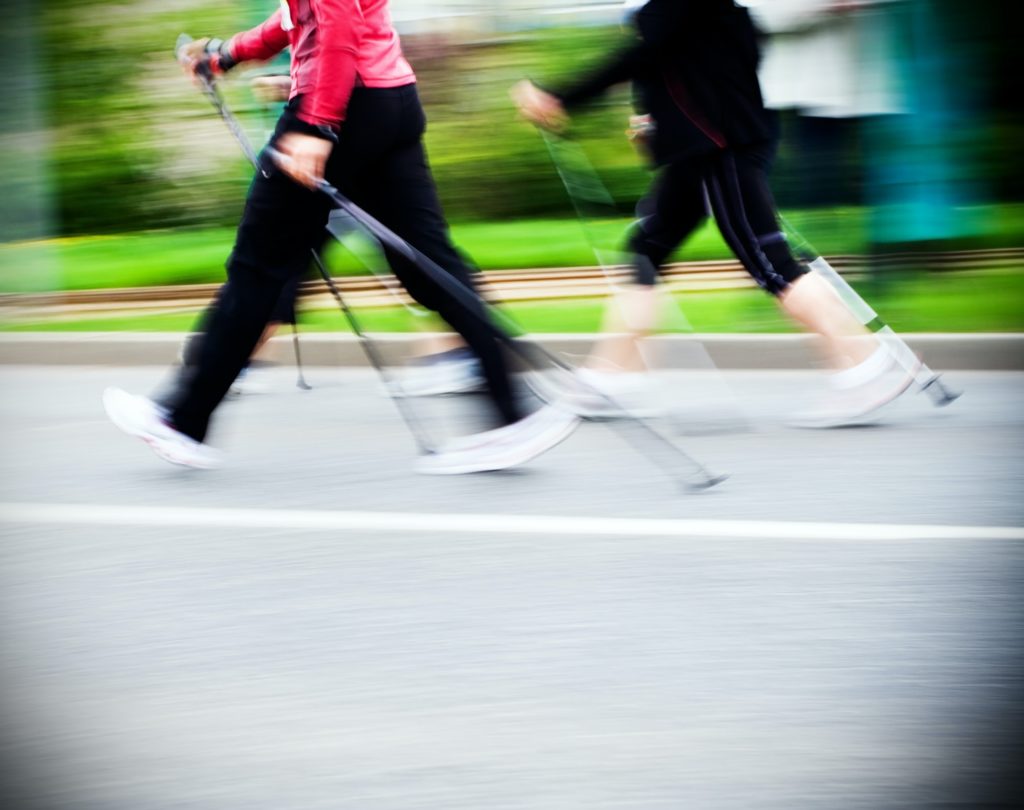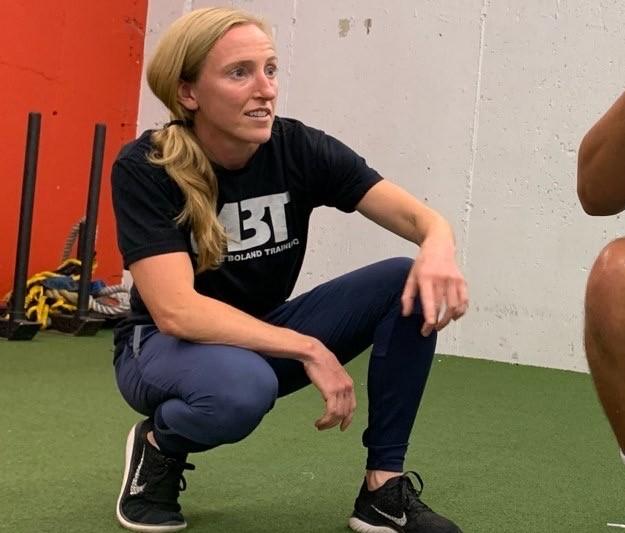One of the more challenging concepts for new(er) clients to grasp is the idea of training effort. Sure, there are a select few who are psychopaths and think a training session only counts if you come close to shitting your spleen.
The vast majority, however, tend to UNDER-estimate what it takes to put forth appreciable effort during a training session.
Effort that will lead to consistent results.
I don’t know about you, but I find the missing link for most trainees (and why they never seem to make progress) is they lack a thorough understanding of what effort is and the types of effort that can be utilized.
Today’s guest post via Boston based strength & conditioning coach, Dr. Michelle Boland, helps to shed light on this topic.

Building Your Sessions Around Effort
Are you constantly having to hold your clients back from giving TOO MUCH effort?
…yeah didn’t think so!
Effort is one of the most important variables for client and athlete success, while also being one of the hardest things to extract from the people that you coach.
So, how often are you accounting for it, teaching it, and programming for it?
As coaches, we want to make sure our clients are matching their effort with our goals for them.
If we want Karen to improve strength, there needs to be a difference between the weights she grabs for a 5 rep set and a 15 rep set. Those two repetition schemes require two different efforts.
We need to teach Karen how to choose the appropriate amount of weight, what different types of effort feel like, AND why they matter. Progress in the weight room can be dictated by four specific types of EFFORT.
- Substantial Effort
- Sustainable Effort
- Sprint Effort
- Reset Effort
When working with general population clients, prescribing a set amount of repetitions ISN’T always the best STRATEGY to get results. INSTEAD, cue different efforts and select exercise variations that will allow them to adequately express that effort.
For example, if you want Karen to row for 10 minutes at a steady rate, Karen can’t start sprinting and crying 30 seconds into the row.

She needs to learn how to maintain her pace for the duration of the time and not be too gassed at the end. Hard work and effort have variations and aren’t always just maximum exertion.
The more Karen understands this, the better she can perform the exercises you select with the appropriate amount of weights and with the appropriate amount of exertion. Thus, she will be able to express the appropriate outputs and get the BEST RESULTS.
Now, let’s dive into the four different types of effort and how you can cue exercises and choose variations based on them…
1. Substantial Effort
Think about the effort you would put into lifting a car off your child.
Seems morbid, but I bet you wouldn’t hold back or look at your WHOOP band for advice.

A substantial effort should be challenging and be deliberate. You may have to tell your client to prepare and be ready to put in work.
A strategy for teaching a substantial effort is to program separate repetitions. This DOESN’T mean max weight. It means allowing your clients to prepare for a considerable exertion without the momentum of bouncing the weight on the ground using a rebound effect.
For a deadlift exercise example, cue your client to keep their hands on the barbell while letting the barbell rest on the ground after each repetition. Separate repetitions will teach the first pull from a dead stop, which requires the most substantial effort.
For an exercise that is performed on one side of the body then repeated on the other, make sure you take a break between sides. For example, perform a heavy split squat for 5 repetitions with the right leg forward, then set the weights down to regroup mentally, then complete the split squat with the left leg forward.
Keep the repetitions low (2-5ish), the speed will most likely be slow, and the weight should be RELATIVELY high. This again, doesn’t mean maximum. Submax loading is advised by TONY and works. Substantial efforts will be associated with the adaptive fitness quality of Max Strength.
2. Sustainable Effort
Think about speed walking.
It’s harder than regular walking but you can probably do it for a long duration of time.

Sustainable efforts should feel like they can be maintained over a long duration and continuous in their repetition. A coaching strategy for sustained efforts can be cueing the client to tap-and-go without resting the barbell on the ground.
For an exercise that is performed on one side of the body then repeated on the other, DON”T take a break between sides. For example, perform the split squat for 8 repetitions with the right leg forward, switch legs, then perform 8 repetitions with the left leg forward, making the effort continuous between sides.
Keep the repetitions moderate to high in the 6-30ish range.
This range may seem large, but most general population clients need a wide range to build an aerobic foundation, volume tolerance, and to learn associated weight ranges. Sustainable efforts will be associated with the adaptive fitness qualities of Strength Endurance and Hypertrophy.
The speed of the repetitions will be moderate: too slow and you may fall asleep, too fast and you won’t last…dang that rhymed! …Hence the word SUSTAINABLE.
3. Sprint Effort
Think about running for your life Karen.
Sprint efforts should feel powerful and quick. To program sprint efforts, find ways to help your clients be quick, such as…
- Create some race challenges such as the Cone Stack Drill
- If you have fancy velocity tracking equipment, use it
- Find ways to unload them using bands
A coaching strategy to teach sprint efforts can be cueing the client to push the ground away and get tall to the ceiling during a deadlift. During the deadlift, the full rep doesn’t need to fast, focus on the pull from the floor (typically applied to the concentric portion of lifts) and they can lower the barbell down at a self-selected pace.
For an exercise that is performed on one side of the body then repeated on the other, make sure you take a break between sides.
Keep the repetitions low to moderate (2-8ish) and low weight (better to have lower weight than to be slow). Cue your clients to move fast, “push the ground away”, and to get off the ground quicker by YELLING “the ground is LAVA, KAREN”. Sprint efforts will be associated with the adaptive fitness qualities of Speed and Power.
Get YOUR CLIENTS to MOVE FAST.
4. Reset Effort
Think about being a light switch, have ‘on’ and ‘off’ modes.

A reset effort is being able to duplicate substantial efforts.
Why is this separate from substantial efforts?
Substantial efforts are focused on a single attempt. Reset efforts are focused on your client’s ability to repeat high level effort.
Can they use the rest period to regroup and recover?
A coaching strategy to teach reset efforts is to program cluster sets. A cluster set can look like this: perform 3 substantial effort repetitions, then let go of the barbell, rest for 20-30 seconds, then perform 3 substantial effort repetitions, then let go of the barbell, rest for 20-30 seconds, then perform 3 substantial effort repetitions.
Rest should NOT include another exercise, it is a full rest period.
For an exercise that is performed on one side of the body then repeated on the other, make sure you perform ALL repetitions within the cluster set on one side of the body before moving to the other side of the body. AND definitely take a break between sides.
For a Split Squat example, perform 3 substantial effort repetitions with the right leg forward, then let go of the dumbbells, rest for 20-30 seconds, then perform 3 substantial effort repetitions with the right leg forward, then let go of the dumbbells, rest for 20-30 seconds, then perform 3 substantial effort repetitions with the right leg forward.
Put the dumbbells down, take a longer rest, then repeat that with your left foot forward.
Summary
Teaching and cueing effort will allow you to get the best from your clients. You will be better able to match your exercise selection with their output and goals. Make different types of effort known to your clients and when you want them to express them.
If you have any comments or questions please feel free to email me at mboland@michelleboland-training.com.
If you enjoyed the exercise videos in this article, check out the MBT Exercise Database for 1,200 more videos to use, embed within your programming, and up your exercise selection game.
About the Author
Dr. Michelle Boland
- Owner of Michelle Boland Training
- PhD in Exercise Physiology
- Instagram @dr.michelleboland
- Check out Michelle’s Free Training Program Considerations Handbook!






